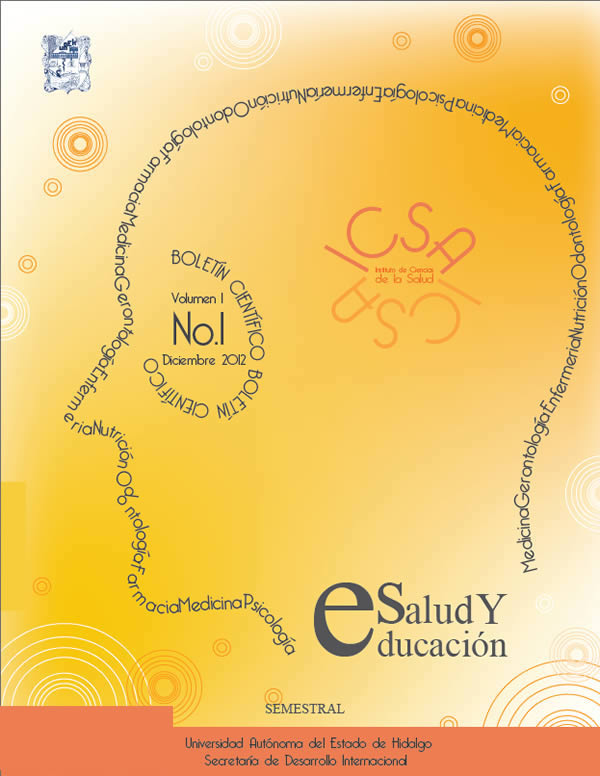Membrana Plasmática
DOI:
https://doi.org/10.29057/icsa.v1i1.690Keywords:
membrane plasmatic, phospholipids, proteins.Abstract
The plasma membrane is composed by lipids, proteins that can be either integrals membrane proteins or peripheral membrane proteins and carbohydrates associated to lipids and proteins. The main lipids that integrate cells membranes are phospholipids, sphingolipids, and cholesterol. Some of these phospholipids are phosphatidylcholine, phosphatidylethanolamine, and phosphatidylserine; together with phosphoglycerides, the sphingolipids also called glycolipids like cerebrosides and sphingomyelin. The fluid-mosaic model describes the plasma membrane of cells which proposes that i) The presence of phospholipids molecules organized in a bilayer with their polar portions oriented the aqueous phase and the hydrophobic chains interacts with other molecules ii) The phospholipids can move laterally in the bilayer membrane which determines a fluid state, iii) Proteins are associated in the lipid bilayer and can move laterally, iv)The cell membrane is asymmetric which means that each side of bilayer is different. Nowadays there is knowledge of the presence of micro-domains rich in cholesterol and sphingolipids, these are regions of low fluency compared with the rest of the membrane, and seem to be sites preferred by anchored proteins that participate in signals transduction. The function of transporting molecules through the membrane is determined by the presence of ion channels. The opening and closing of ion channels implies a conformational change in the protein that might depend on voltage, ligand-gated or being regulated by second messengers. Passive transport is a mechanism for solutes translocation through the membrane without energy consumption. Active Transporters are classified as primary transports which requires ATP and secondary if they that use the transmembrane electrochemical gradient of Na+ or H+ to drive o sugars and amino acids transportation.
Downloads
Publication Facts
Reviewer profiles N/A
Author statements
Indexed in
- Academic society
- N/A



















